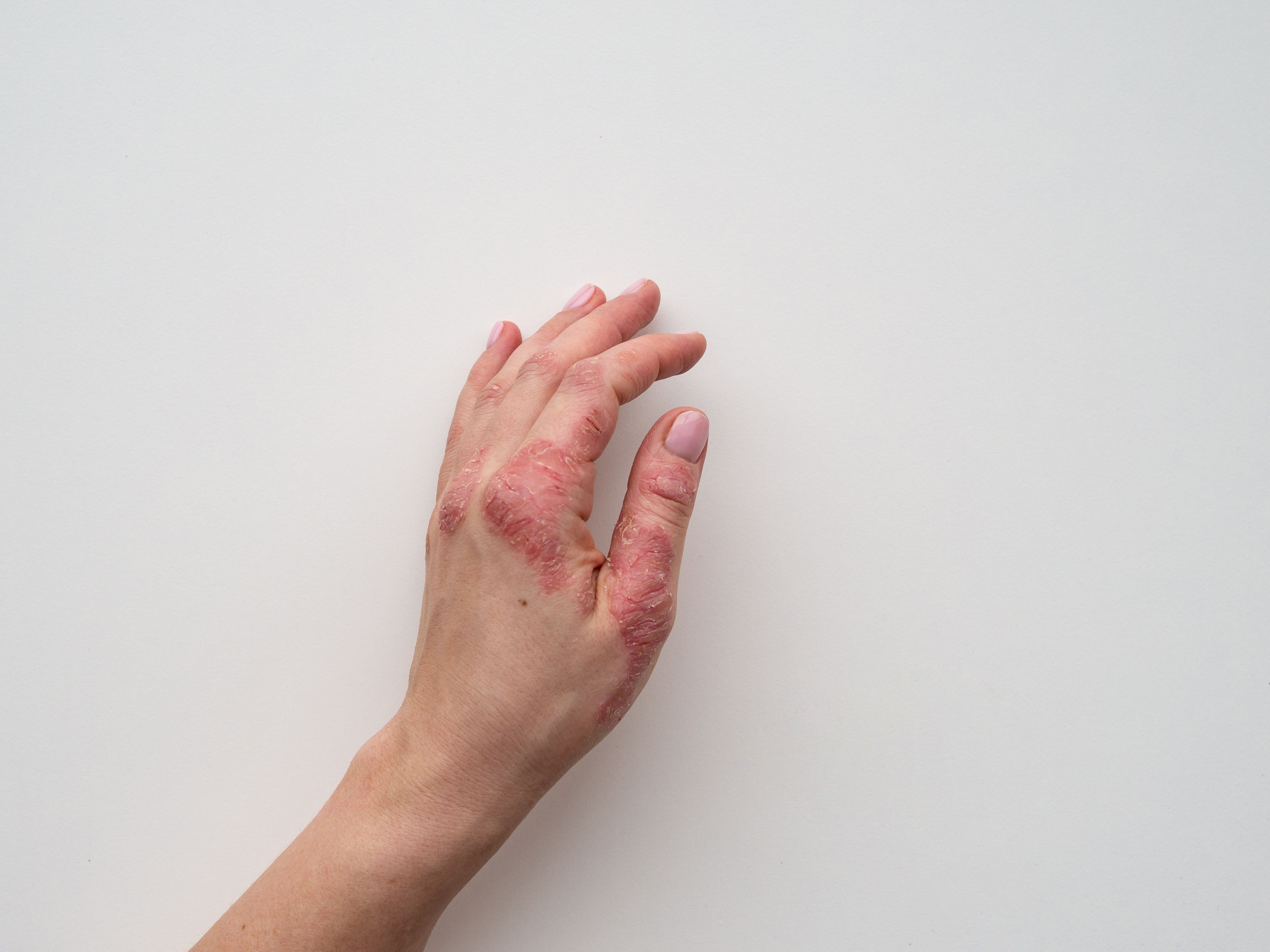News
Article
Study Finds Israeli Patients With Vitiligo at Lower Risk for Parkinson Disease
Author(s):
Israeli patients with vitiligo exhibit a significantly reduced risk of developing Parkinson disease (PD).
Israeli patients with vitiligo have a decreased risk of subsequent Parkinson disease (PD), according to a study published in Frontiers in Neurology.1
The researchers explained that PD is a neurodegenerative disorder that is estimated to affect 0.3% of the general population, 1.0% of patients older than 60 years, and 3.0% of people older than 80 years.2 Also, vitiligo is described as a chronic inflammatory disease, which typically targets the hair, skin, and mucous membranes and manifests as segmental or nonsegmental depigmented patches.3 It is estimated to be prevalent in 0.1% to 2% of adults and children worldwide.
Past studies discovered that PD coexisted with autoimmune diseases, including bullous pemphigoid, inflammatory bowel disease, and Sjogren syndrome.4 However, the association of PD with vitiligo has yet to be established.1 Therefore, the researchers conducted a study to investigate the bidirectional associations between PD and vitiligo; they also aimed to assess PD determinants among patients with vitiligo.
Israeli patients with vitiligo exhibit a significantly reduced risk of developing Parkinson’s disease (PD) | Image Credit: Savory - stock.adobe.com

This large-scale population-based study included 2 different designs. One was a retrospective cohort study design, which was used to longitudinally follow patients with vitiligo and estimate the incidence of new-onset PD. The other was a case-control study design, which the researchers used to estimate the prevalence of preceding PD in patients with subsequent vitiligo.
To conduct their investigation, the researchers used the computerized data set of Clalit Health Services (CHS). CHS is Israel's largest health care provider, with 4,554,343 members as of 2018. Its database is updated continuously as it records each patient interaction with the health care system.
Therefore, the researchers screened the CHS database for incident cases with a vitiligo diagnostic code between 2002 and 2019. They considered patients to have vitiligo if they received a documented vitiligo diagnosis by a board-certified dermatologist or in a discharge letter from a dermatological ward. Conversely, PD diagnosis was solely based on documentation by a certified neurologist.
When constructing their study population, the researchers enrolled a control group, which included up to 5 patients without vitiligo per case; they matched the controls based on sex, ethnicity, and age. Also, the researchers adjusted outcome measures for demographic variables and putative confounding comorbidities, like smoking, hypertension, diabetes mellitus, and body mass index (BMI).
The study population consisted of 123,326 patients. Of these patients, 20,852 had vitiligo, and 102,475 were controls; the mean (SD) age at vitiligo diagnosis was 34.7 (22.4) years. Also, 10,570 (50.7%) patients were female and 15,311 (73.4%) were Jewish.
The researchers estimated the PD incidence rate to be 2.9 (95% CI, 2.1-4.1) and 4.3 (95% CI, 3.8-4.9) cases per 10,000 person-years among patients with vitiligo and controls, respectively. Compared to the controls, patients with vitiligo had a significantly decreased PD risk (HR, 0.68; 95% CI, 0.48-0.98; P = .037).
In sex- and age-stratified analyses, there was only a significantly reduced PD risk in male patients with vitiligo (HR, 0.61; 95% CI, 0.38-0.98; P = .041) and patients aged 32.4 years and older (HR, 0.68; 95% CI, 0.47-0.97; P = .034). However, after adjusting for demographics and comorbidities, the researchers determined that vitiligo was associated with a significantly reduced PD risk (fully adjusted HR, 0.62; 95% CI, 0.43-0.89; P = .009).
Also, the researchers observed preexisting PD in 59 (0.3%) patients with vitiligo and 361 (0.4%) controls. Therefore, the development of subsequent vitiligo was not significantly associated with a PD history (OR, 0.80; 95% CI, 0.61-1.06; P = .116).
Through the age- and sex-stratified analysis, the researchers did not find a significant association between PD history and subsequent vitiligo except in female patients, where an inverse association was found (OR, 0.67; 95% CI, 0.45-0.99; P = .043). After controlling for demographic variables and comorbidities, they determined that the odds of vitiligo remained statistically comparable after PD (fully adjusted OR, 0.80; 95% CI, 0.61-1.06; P = .117).
In particular, the researchers found that the presence of PD in patients with vitiligo was significantly associated with obesity, smoking, older age, and Jewish ethnicity; it was also significantly associated with ischemic heart disease, hypertension, hyperlipidemia, and diabetes mellitus.
As for the risk of all-cause mortality in patients with vitiligo and comorbid PD, the univariate (HR, 14.45; 95% CI, 10.04-20.79; P < .001) and multivariate (adjusted HR, 2.63; 95% CI, 1.82-3.80; P < .001) analyses determined that these patients experienced an elevated risk of all-cause mortality; they also had a greater burden of cardiometabolic comorbidities.
The researchers acknowledged their limitations, which included the relatively homogenous ethnic background of their study population; this may limit the generalizability of their findings. Consequently, the researchers identified areas most pressing for future research.
“Vitiligo patients with comorbid PD are at increased risk of all-cause mortality and cardiometabolic conditions as compared to vitiligo patients without these comorbidities,” the authors concluded. “Additional studies investigating this association in other study populations originating from different ethnic backgrounds are necessary.”
References
- Kridin K, Ofir L, Weinstein O, Badarny S. Clarifying the association between Parkinson's disease and vitiligo: a population-based large-scale study. Front Neurol. 2024;15:1387404. doi:10.3389/fneur.2024.1387404
- Lee A, Gilbert RM. Epidemiology of Parkinson disease. Neurol Clin. 2016;34:955-965. doi:10.1016/J.NCL.2016.06.012
- Dahir AM, Thomsen SF. Comorbidities in vitiligo: comprehensive review. Int J Dermatol. 2018;57:1157-1164. doi:10.1111/ijd.14055
- Li M, Wan J, Xu Z, Tang B. The association between Parkinson’s disease and autoimmune diseases: a systematic review and meta-analysis. Front Immunol. 2023;14:14. doi:10.3389/FIMMU.2023.1103053




